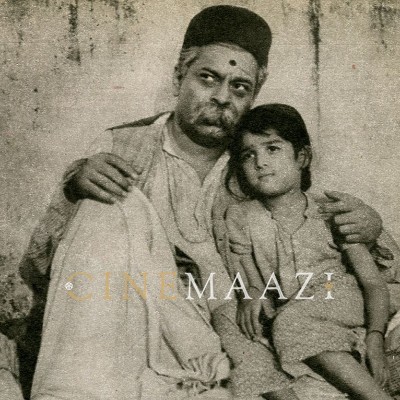Shama Zaidi
Subscribe to read full article
This section is for paid subscribers only. Our subscription is only $37/- for one full year.
You get unlimited access to all paid section and features on the website with this subscription.
Not ready for a full subscription?
You can access this article for $2 , and have it saved to your account for one year.
- Real Name: Shama Zaidi
- Born: 25 September 1938 (Rampur, British India)
- Primary Cinema: Hindi
- Parents: Bashir Hussain Zaidi, Begum Qudsia Zaidi
- Spouse: M S Sathyu
- Children: Seema Sathyu
One of the most uncompromising voices in Indian cinema, Shama Zaidi has contributed her rich repertoire of skills to many unforgettable films. She was born in an environment steeped in creative fervour. Her mother Begum Qudsia Zaidi was a prolific Urdu writer who also collaborated with the legendary communist playwright Habib Tanvir. Her father was a member of the Lok Sabha and a former Vice Chancellor of Aligarh Muslim University. After completing her Bachelor’s education from Miranda House in Delhi, Shama pursued a course in stage design from Slade School of Art in London. During her school and college days she became heavily involved in theatre. She developed a keen interest in both costume design and writing.
After working abroad for a while, she returned to Delhi in 1961. Initially working as a costume designer for Hindustani Theatres, she shifted to Mumbai and became an active member of the Indian People’s Theatre Association. Her close involvement in progressive artist circles led her to know people from the Film Society movement as well. She wanted to adapt Rajinder Singh Bedi’s novel Ek Chadar Maili Si into a play. While discussing the adaptation Rajinder Singh gave her the idea to do a film on Muslims who refused to leave after Partition. Thus the film Garm Hava (1973) was born. Later Shama and Kaifi Azmi together weaved several of Ismat Chughtai’s stories into the script for the film.
Garm Hava became a memorable film for its complex portrayal of the hardships of the minority Muslim community who stayed behind after Partition. To this day, it remains one of the most important films made on the subject. It went on to win several major awards including the Filmfare Award for Best Screenplay for Shaba Zaidi and Kaifi Azmi. After this film, Shama Zaidi lent her diverse talents to many notable films.
She is known for her career long collaboration with Shyam Benegal – writing the scripts for many of his films like Charandas Chor (1975), Aarohan (1982), Mandi (1983), Trikaal (1985), Antarnaad (1993), Suraj Ka Satvan Ghoda (1994) and Mammo (1995). She also worked as an art director in films like Manthan (1976) and Bhumika (1977).
Shama Zaidi was also credited for the costume design in Satyajit Ray’s landmark film Shatranj Ke Khilari (1977). Her prowess in Urdu also allowed her to assist Javed Siddiqui in writing the dialogues for the film. She co-wrote the script for Muzaffar Ali’s classic Umrao Jaan (1981). Other than Hindi and Urdu films she also collaborated with her husband M.S. Sathyu on his Kannada language films like Kanneshwara Rama (1977) and Bara (1980).
Her varied work displayed a particular dexterity for adaptations. Charandas Chor was adapted from Habib Tanvir’s popular play of the same name. She adapted Federico Garcia Lorca’s play House of Bernarda Alba for Chandrasekhar Kambhar’s Kaadu Kudure (1978). For Bara (released in Hindi as Sookha) she adapted a story by Ananthamurthy, a writer associated with the Navya movement.
Throughout her career, Shama Zaidi represented voices that were rarely heard on the Indian screen. Shama Zaidi’s work remains immensely significant for its sensitivity and unwavering commitment to her progressive ideals.
-
Filmography (1)
SortRole
-

Barkha Bahar 1973
-











.jpg)



